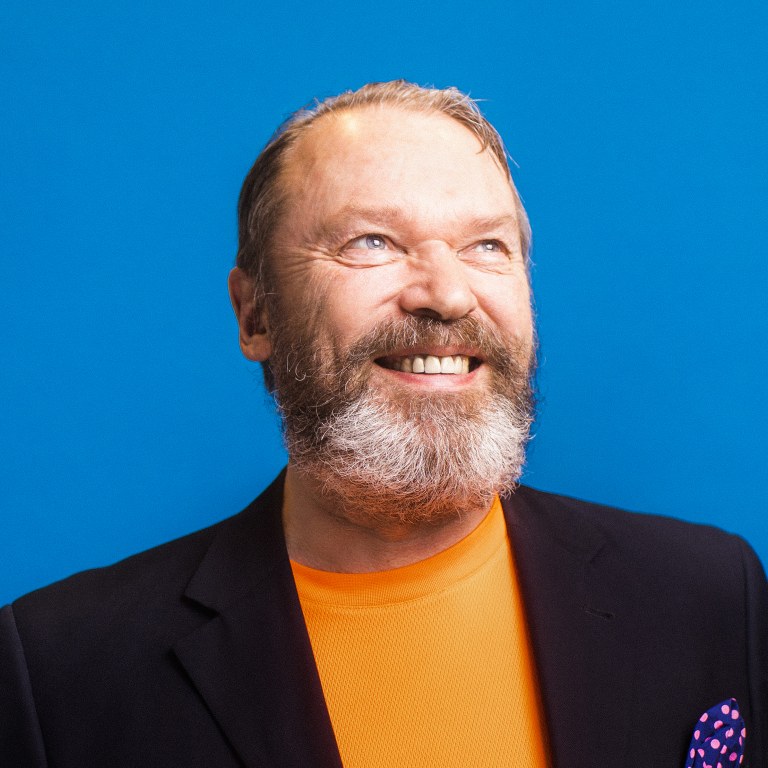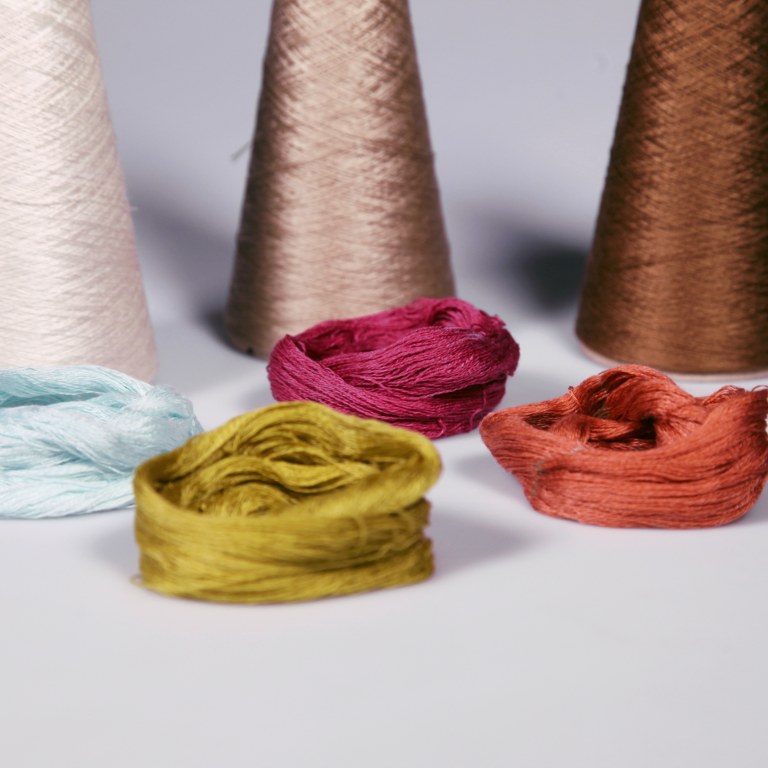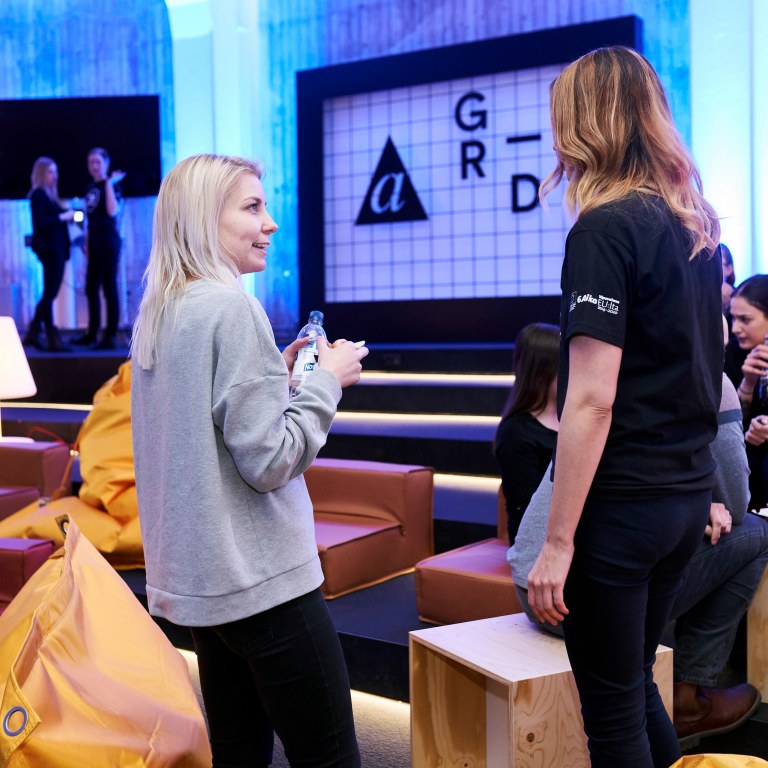Have you ever wondered what it takes to create a great product? Product design is often pictured as a straightforward process. First, you brainstorm an idea. Then you do the research. If everything checks out, you make a prototype. And finally, you have a product that's ready to be placed on a shop shelf somewhere. Simple, right? Well, until reality checks in.
According to Kalevi Ekman, the Director of Aalto University's Aalto Design Factory and one of the top product design thinkers in Finland, the real-life product design process is something you can't just pull out from a guidebook.
"You can't learn product development only from a computer screen or from a book. There are so many hard-to-define issues which call for an open kind of thinking."
Ekman is adamant that to create great products, you need an environment that encourages you to experiment. And making such an environment is something that Aalto Design Factory (ADF) has honed to perfection.
"I believe that the students that have learned and done product design at Aalto Design Factory are beyond comparison."
Aalto Design Factory exist to co-create and experiment
ADF is Aalto University's official interdisciplinary product development and learning hub that inspires interaction and co-creation between students, researchers, and industry partners. Its goal is no less than to build a passion-based learning culture for Aalto by training the world's best product developers.
And, as Ekman noted, you don't become the best just by staring at a book. That's why in ADF's courses, the students do real-life assignments that come from partner companies like KONE and Nokia, which headline ADF's partner portfolio. In return, the partners can sponsor student projects, get training, and utilise ADF's facilities. In ADF's Product Development Projects (PDP), the companies can also participate in some of the actual learning activities and get the solutions the students create.
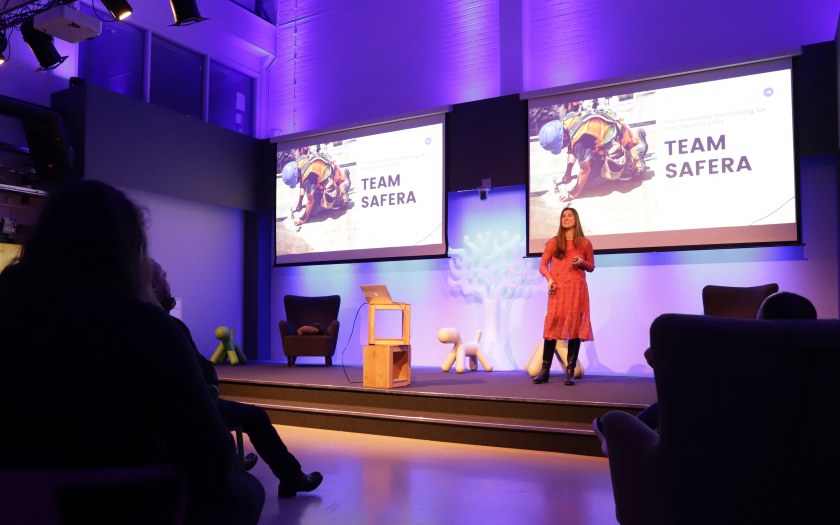
From Design Factory to international markets — the case of Safera
One of the early graduates from ADF is Safera, a globally leading preventive fire safety equipment provider. Mikko Reinikainen, Safera's CEO, was an assistant in a PDP course back in 2004.
The course assignment was to build an explosive shield from water-absorbing powder for the Finnish Terrorist Police. The police forces eventually used the students' product at the 2004 World Championships in Athletics in Helsinki. More importantly, however, the course was where Safera's founding members met and got the inspiration along with the working and designing methods to establish the startup that eventually became Safera.
"Everybody applied to the PDP course because the idea was totally crazy, and it was a great counterbalance for basic studying. Then when we established our company, we applied the learnings from ADF to our business," Reinikainen says.
It's almost twenty years since the PDP course, but Safera's close connection with ADF and Ekman remains as strong as ever due to their frequent co-operation.
"Aalto Design Factory has always been our touchpoint. But the whole area is also evolving on a global scale. The Aalto University campus is amazing. There is top research, corporations, and startups — a lot of potential."
Renikainen adds that many global companies have been blown away about the campus area and ADF when they have visited them. Born and bred in Finland's leading innovation and startup hotspot in Espoo, it's no surprise that Safera also made it home.
"I can't think of a better location in Finland than Otaniemi in Espoo. You can build similar infrastructure somewhere else but not the same atmosphere, history, and campus. There's no place like this."
"Aalto University campus is amazing. There is top research, corporations, and startups."
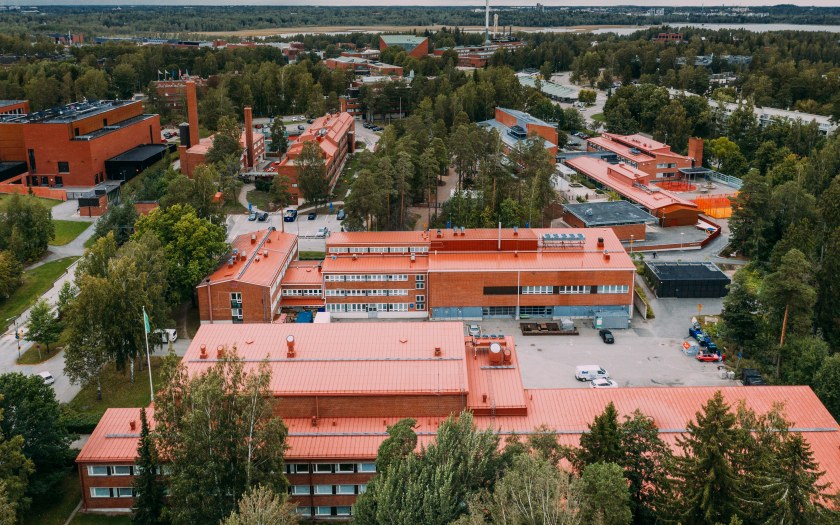
A global success story — Design Factory Global Network
ADF is one of the unquestionable heroes in the story of the Finnish startup scene that started in the early 2000s. But in the last ten years, the impact of ADF's design methods has become global. Now, there are thirty Design Factories spread around five continents — all inspired by ADF.
Shanghai's Chinese Tongji University established the first international Design Factory in 2010. In no time, more opened in Australia, Chile and Geneve. The concept has proven so successful that ADF hosts an annual Design Factory boot camp in Otaniemi for new international Design Factory members.
ADF's international success proves that the best product design process is no assembly line. To become great product designers, students need a flexible learning environment that allows them to experiment and co-create.
ADF's methods let students venture far beyond a lecture room and the pages of a study book — giving them the freedom to enter the real world of product design problem-solving.
"I believe that the students that have learned and done product design at Aalto Design Factory are beyond comparison as product designers," Ekman concludes.
Hero image: George Atanassov
Meet and visits the key players
Meet and work with the startups, accelerators, innovation players, and big companies in Espoo's innovation ecosystem.

